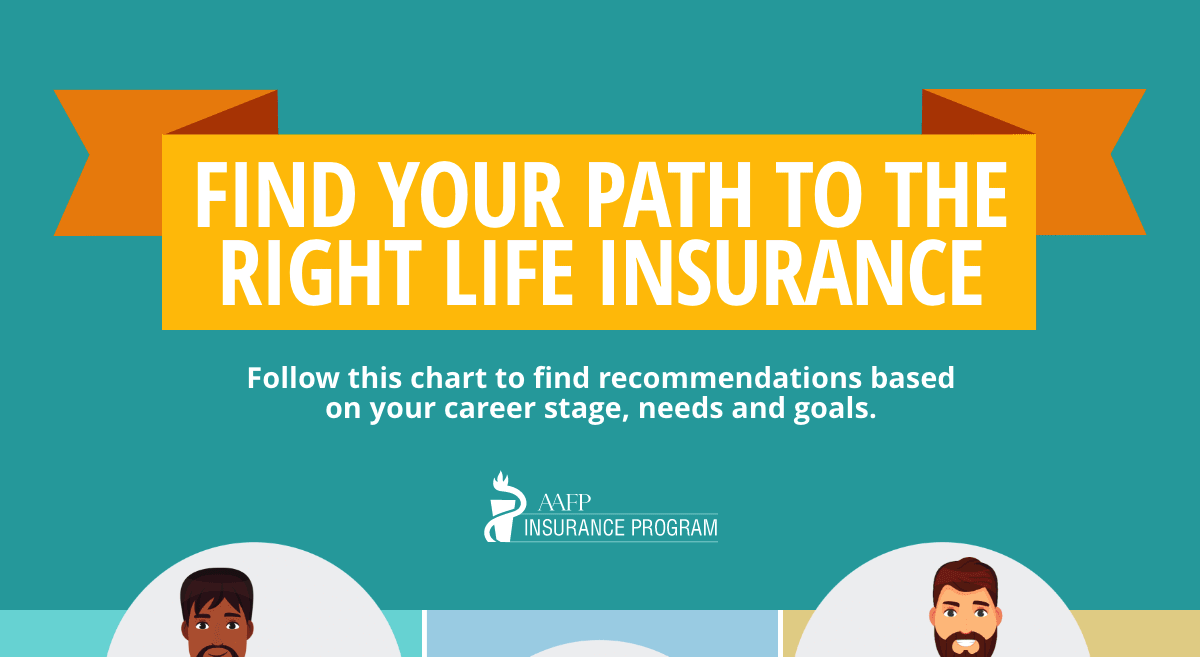In our previous post, we talked about how vulnerable new doctors are to the threat of disability. But even if you’re a seasoned doc, it’s critical to make sure that you have disability insurance. Though disability insurance may be mentioned in your Employee Handbook, it doesn’t always mean it’s offered to all employees. And even once you’ve purchased disability insurance, you may fall victim to its sometimes confusing coverage. Here are the two most important terms you’ll want to understand with regard to a disability insurance policy.
What is the policy’s definition of disabled?
By understanding the insurance policy’s definition of “disabled,” you will learn if you are in fact considered disabled under the policy. This will ultimately determine if they will pay your claim. Be aware that not all policies offer partial disability and that even if they do, you’ll want to become familiar with what is considered “partial disability” and what would be covered.
What is the policy’s definition of income?
If you are part of a group practice or accountable care organization and your income is partially made up of incentive pay, it’s important that you understand what your policy defines as “income.” As incentive pay and base pay can vary, you don’t want your disability policy calculating only a portion of your income.
Once you have those terms clearly defined, you can begin to weigh the cost. For disability insurance first timers, the cost may seem pricey. However, it’s best to think of it from the perspective of “how long can you survive without a paycheck, should you be unable to work?” That in itself should be reason enough to consider disability insurance sooner rather than later.




